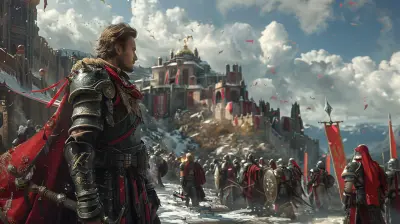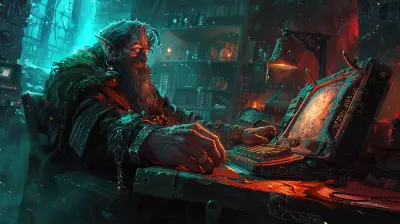The Secrets Behind Esports Team Training Regimens
3 June 2025
The esports industry has exploded in popularity over the past decade. Once just a niche corner of gaming culture, it has grown into a multimillion-dollar global phenomenon with professional players, massive tournaments, and rabid fanbases. But here's a question: What separates casual gamers from esports pros? Is it reaction time? Natural talent? Maybe, but there's one thing we often overlook—team training regimens. The reality is, behind every jaw-dropping play and championship title, there’s a rigorous and well-structured training program that melds focus, discipline, and strategy.
In this article, we’re peeling back the curtain to uncover the secrets behind esports team training regimens. From grinding out games to innovative mental exercises, you’ll see how professional teams turn their collective skills into magic on the big stage. Let’s dive right in.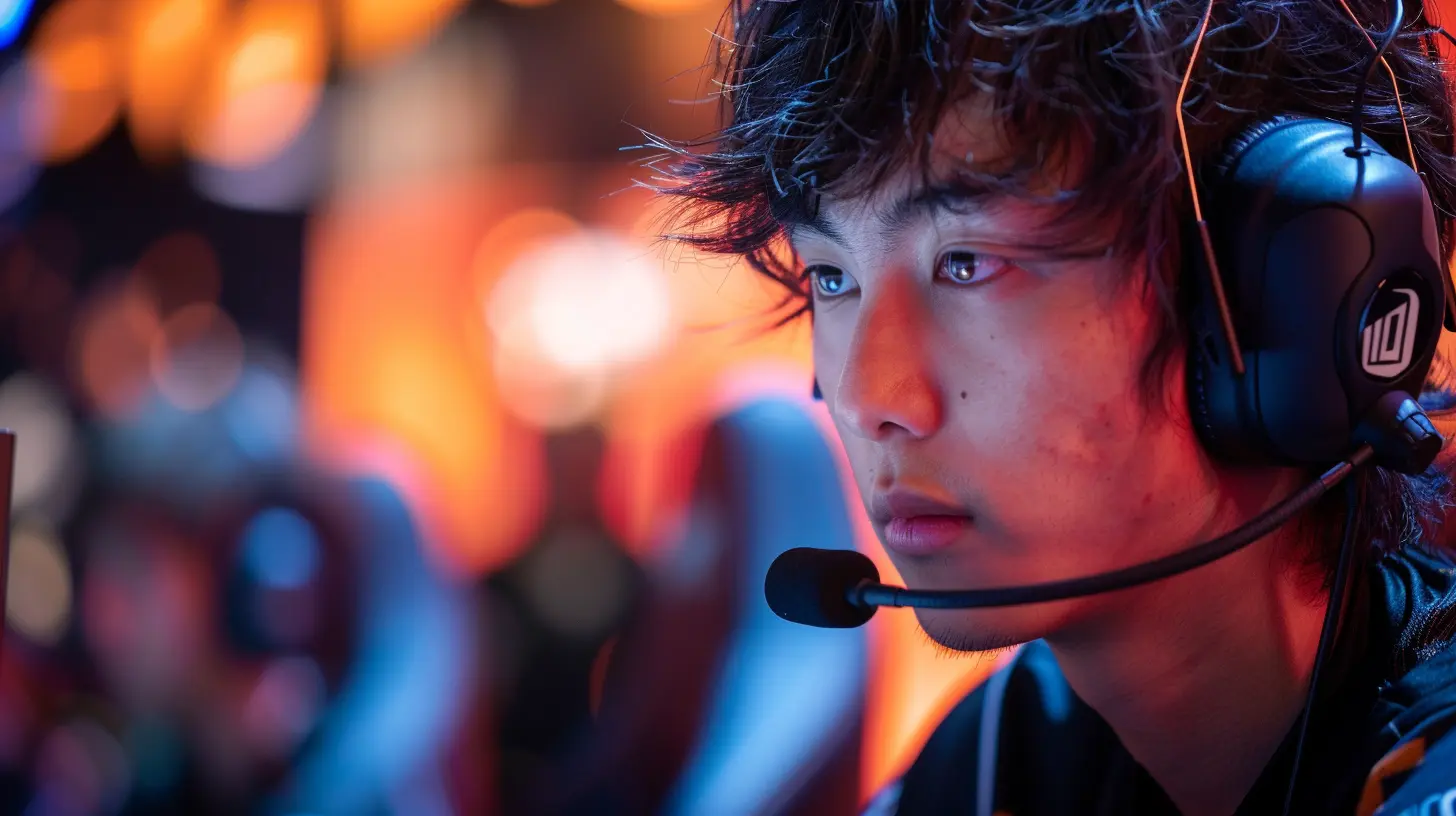
Why Training Matters in Esports
Let’s be real: playing video games professionally sounds like the dream job, doesn’t it? Sitting in front of a screen, gaming with your friends, and getting paid for it? Easy money! But hold up—being an esports professional isn’t a walk in the park. It’s more like running a marathon but at 200 mph.Just like traditional athletes, esports players need to train consistently to stay at the top of their game. The competition is cutthroat. A single misplay can mean the difference between lifting the trophy and packing your bags early. Without proper training, teams would crumble under pressure or lose the sharp execution required in high-stakes matches.
Competitive esports isn’t just about playing for hours on end; it’s about playing smart. And that’s where well-designed training regimens come into play.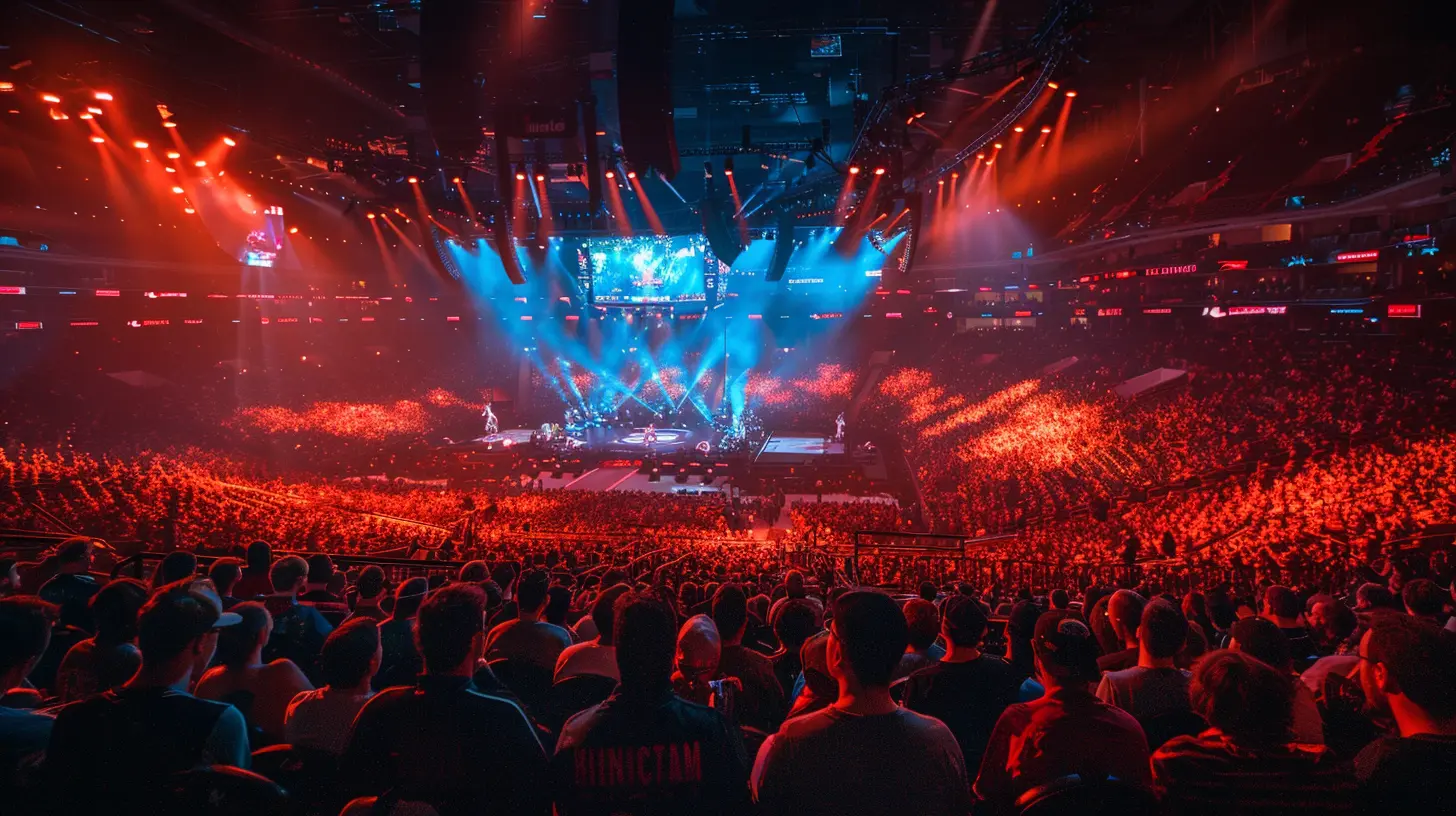
The Building Blocks of a Pro Esports Training Schedule
So, what exactly does an esports team's training schedule look like? It’s not just endless gaming sessions (though there are plenty of those). It’s a balanced mix of skill refinement, strategy development, mental toughness, and physical health. Let’s break it down.1. Game-Specific Practice
This is the bread and butter of esports training. Teams dedicate hours to mastering the game they specialize in—whether it’s League of Legends, Counter-Strike: Global Offensive (CS: GO), or Valorant. But this isn’t mindless grinding—there’s a method to the madness.- Aim and Mechanics Training: Think of it like dribbling drills in basketball or practicing free kicks in soccer. Esports players often use specialized tools, like aim trainers or practice maps, to refine their mechanics and reaction speeds. Remember, accuracy isn’t just a skill; it’s a necessity.
- Scrims (Scrimmages): These are practice matches between two teams meant to simulate tournament conditions. Scrims focus on teamwork, communication, and testing strategies against live opponents. It’s almost like a fighter pilot running mock dogfights.
- VOD Reviews: After playing, teams usually review their gameplay footage (or VODs). Why? To spot mistakes, analyze positioning, and develop counter-strategies. It’s like reviewing game tape in the NFL—every detail counts.
2. Strategic Planning and Team Coordination
Esports isn’t just about flashy plays or god-tier reflexes. It’s about brainpower too. Teams spend hours dissecting strategies, coming up with game plans, and fine-tuning their execution.- Teamwork Drills: Have you ever watched a team pull off an insane coordinated play and thought, "Wow, they’re telepathic"? That’s no accident. Teams practice communication constantly: knowing when to engage, when to retreat, and how to anticipate each other’s moves. It’s like they’re finishing each other’s sentences, but instead of words, it’s headshots and spell combos.
- Meta Analysis: The “meta” (most effective tactics available) shifts constantly in esports. Teams need to stay ahead of the curve by analyzing patch notes, trends, and opponent playstyles. It’s a bit like chess—except the board changes every two weeks.
3. The Mental Game: Building Resilience Under Pressure
Ever tried clutching a 1v5 in front of thousands of screaming fans? Yeah, not easy. The mental aspect of esports is just as important—if not more so—than the physical side. That’s why top teams dedicate time to building mental toughness.- Mindfulness and Meditation: Stress and burnout are major issues in the esports world. Many teams incorporate breathing exercises, meditation, or even yoga into their routines. Imagine trying to dodge bullets in-game while keeping a calm, Zen-like mindset. It sounds silly, but it works wonders.
- Sports Psychologists: Just like traditional athletes, esports players often work with psychologists to develop focus, handle defeat, and manage high-pressure situations. It’s all about staying cool when the heat is on.
4. Physical Fitness and Nutrition
Surprised? You shouldn’t be. Physical health plays a big role in esports performance.- Exercise Routines: While they’re not hitting the gym like bodybuilders, many esports players have basic workout routines to maintain fitness. Regular exercise keeps their reflexes sharp and helps prevent long-term health issues like carpal tunnel syndrome.
- Healthy Eating: Pro players can’t just live off energy drinks and chips (although, let’s be honest, we all envy that stereotype sometimes). Nutritionists often design meal plans that improve cognitive function, stamina, and overall health. Think of it as feeding the brain so it can pop off in-game.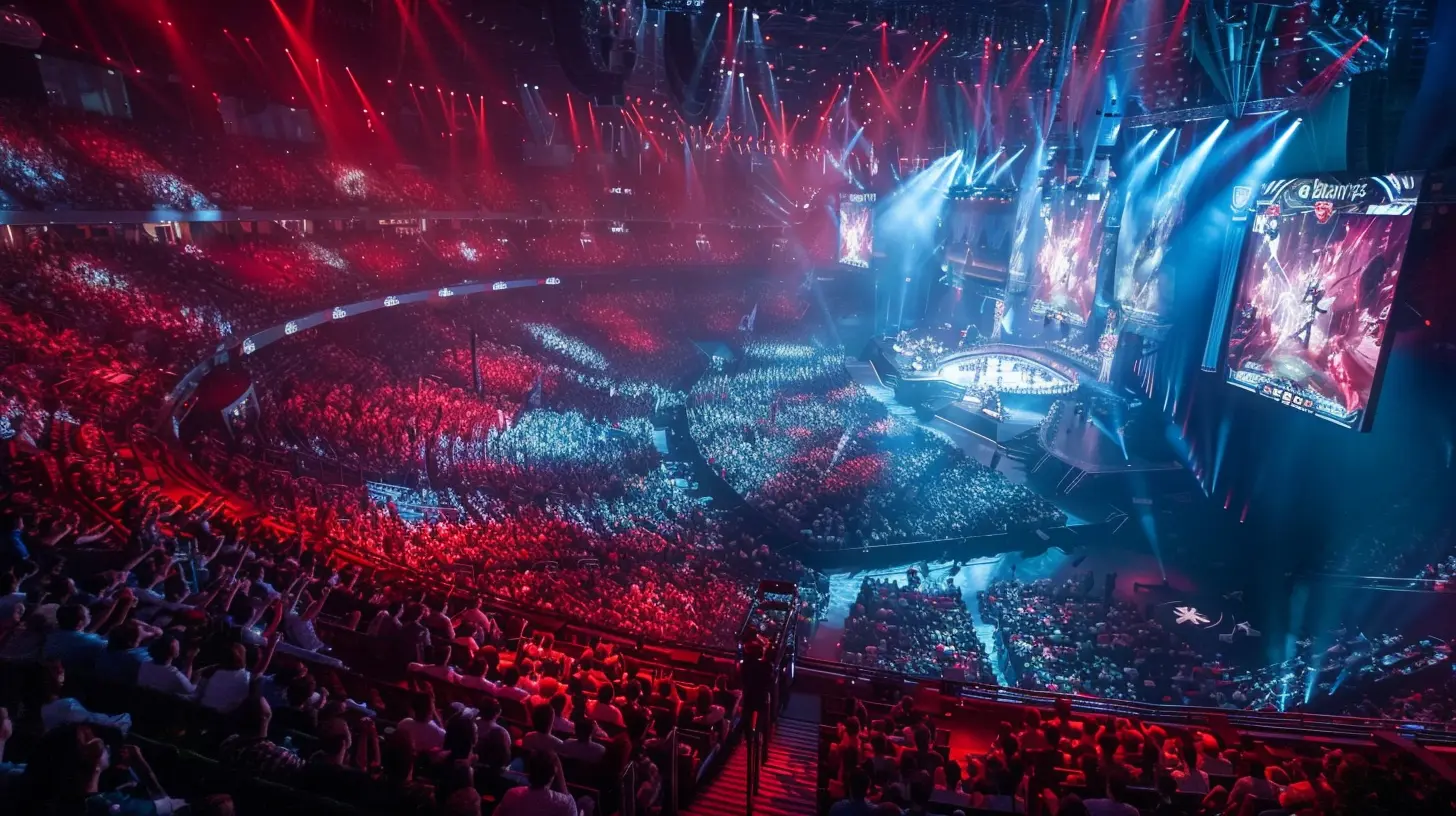
The Importance of Rest and Recovery
Think pro players pull all-nighters every day? Nope. Even esports teams know that burning the midnight oil can do more harm than good. Getting enough rest is vital to maintaining peak performance.- Sleep Schedules: Sleep isn’t optional. A lack of it can crush reaction times and decision-making skills. Teams usually enforce strict sleep routines to make sure players are well-rested.
- Breaks and Downtime: Burnout is a real killer in esports. Regular breaks let players recharge, unwind, and avoid mental exhaustion. Some teams even organize non-gaming activities—like outings or team dinners—to build camaraderie and keep spirits high.
The Role of Technology in Esports Training
Technology plays a huge role in how esports teams train. We’re talking everything from high-tech setups to analytics software.- Custom Gaming Gear: Pro players use top-tier equipment—high-refresh monitors, ultra-responsive keyboards, and headsets that can pick up the sound of a pin dropping in the next room. Having the right tools can make all the difference.
- Performance Analytics: AI-driven software can track player stats, analyze opponents’ weaknesses, and even recommend gameplay adjustments. It’s like having a personal coach—but one that runs on code.
- VR and Simulations: Some teams experiment with VR simulations to improve aim, reflexes, or situational awareness. It sounds futuristic, but it’s becoming increasingly common.
What We Can Learn from Pro Esports Teams
Now, you might be thinking, "Okay, cool, but I’m not going pro anytime soon." That’s fair. But here’s the thing: these training regimens aren’t just for esports teams. They’re packed with lessons you can apply to your own gaming (or even your daily life).- Focus on teamwork and communication. Whether you’re climbing the ranked ladder or tackling a group project, collaboration is key.
- Practice smarter, not harder. Grinding 10 hours straight isn’t as effective as focused sessions with clear goals.
- Take care of your mind and body. Gaming is fun, sure, but keeping your health in check is what keeps you in the game—literally and figuratively.
At the end of the day, esports pros aren’t just talented gamers; they’re disciplined, hardworking individuals who approach their craft with the same level of dedication as Olympic athletes. And that’s something we can all look up to.
Final Thoughts
The world of esports is as much about preparation as it is about performance. Behind every clutch play, every insane highlight reel, and every championship trophy lies countless hours of training, strategy, and self-improvement. The secrets behind esports team training regimens aren’t really “secrets” at all—they’re a testament to the hard work and determination that fuels this incredible industry.So, the next time you’re watching your favorite team pull off a mind-blowing comeback or dominate the opposition, just remember: that didn’t happen by chance. It happened because they put in the work behind the scenes.
all images in this post were generated using AI tools
Category:
Esports TeamsAuthor:

Lucy Ross
Discussion
rate this article
2 comments
Alexander Gomez
This article highlights essential aspects of esports training, revealing how teams balance strategy, communication, and physical fitness. Understanding these regimens can greatly enhance both performance and player longevity.
June 21, 2025 at 2:20 PM

Lucy Ross
Thank you for your insights! I'm glad you found the article informative and valuable in understanding the crucial elements of esports training.
Genevieve McAlister
Esports team training regimens require a blend of strategy, communication, and physical wellness. Understanding these elements is crucial for maximizing performance and fostering team cohesion, ultimately influencing competitive success in the esports arena.
June 5, 2025 at 4:27 AM

Lucy Ross
Absolutely! A balanced approach to strategy, communication, and physical wellness is essential for optimizing esports team performance and cohesion.

